PROOF80 (40% ABV)
About Nuda Tequila Silver
Nuda Tequila was founded by a Persian-Mexican connection, in a way reflecting the two cultures that have played the largest roles in the creation of the famous Mexican spirit. It was the Aztecs that began fermenting the blue agave hundreds of years ago. But it wasn’t until the Spanish aristocrat Pedro Sánchez de Tagle introduced the distillation process to Mexico in the 1700s that tequila was born. The distillation process itself was perfected in the 10th century by Al-Razi, a Persian alchemist, physician, and philosopher. Nuda continues this story with an added “sensuality, sophistication and elegance of the Queen of Tequila.” Nuda has 5 expressions currently in their lineup: Silver (Blanco), Reposado, Añejo, Extra Añejo, and the ultra-premium 5 Years Extra Añejo.
The process begins with the harvest of mature, ripe 8-year-old blue Weber agaves in Jalisco, Mexico. Once the leaves are removed, the heart is cooked in order to convert the starches within into sugars. The cooked agaves are then crushed, releasing the juice or “aguamiel”. After fermentation, the liquid is distilled 3 times ― the third and final distillation removing the heavier components, resulting in a pure, clean, and soft spirit.
Following the distillation, each of the 5 expressions is aged for a varying amount of time, apart from the Nuda Tequila Silver. An unaged “blanco” expression, it has the freshest flavors and aromas of cooked agave. It is bottled at 80 proof in sandblasted glass bottles depicting the feminine beauty of the Queen of Tequila.
Get your bottle today!
About Tequila
Although tequila has developed a bad reputation, there’s more to the spirit than just shots on a Saturday night.
This traditional Mexican drink origins in the state of Jalisco when according to a local legend, lightning struck an agave cactus before the Nahua tribe drank its warm nectar. Behold, tequila.
Legally, tequila has to be made of 51% of Blue agave around the Jalisco region in Mexico. There are different types of tequila according to age – from the youngest representatives, blanco, reposado, and añejo, to the oldest extra añejo.
Be the first to review “Nuda Tequila Silver” Cancel reply
Related products
SPIRITS
Tequila
SPIRITS
SPIRITS
SPIRITS



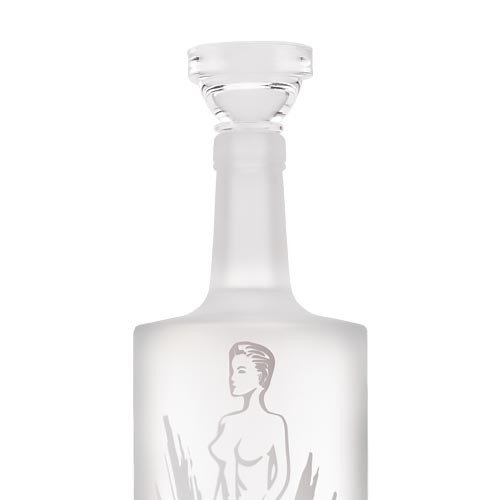
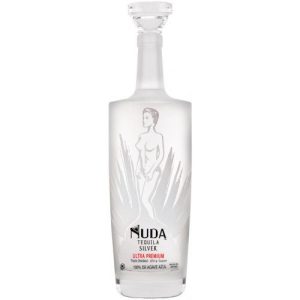
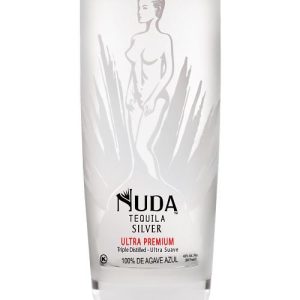
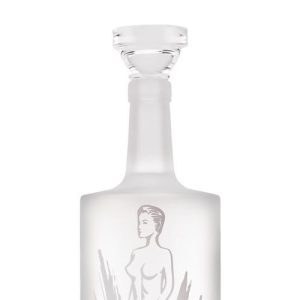
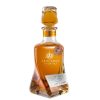
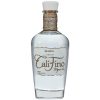
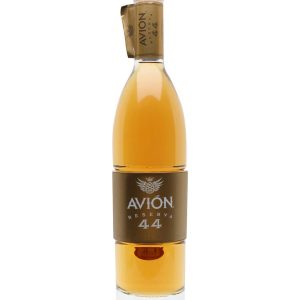

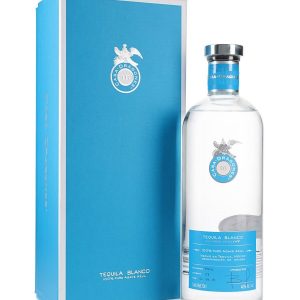
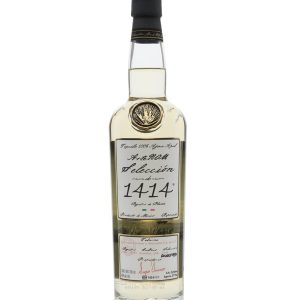
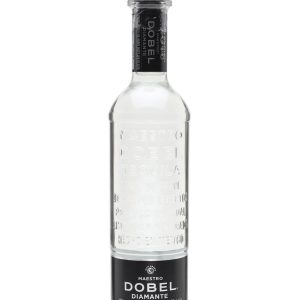
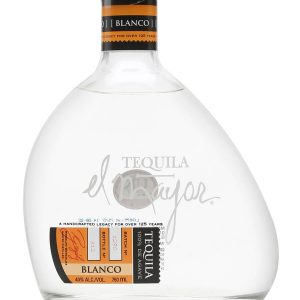
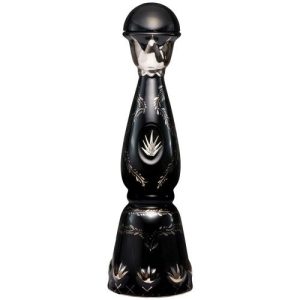
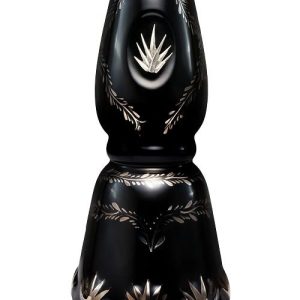
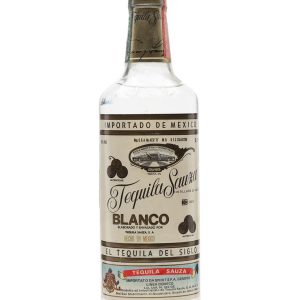
Reviews
There are no reviews yet.